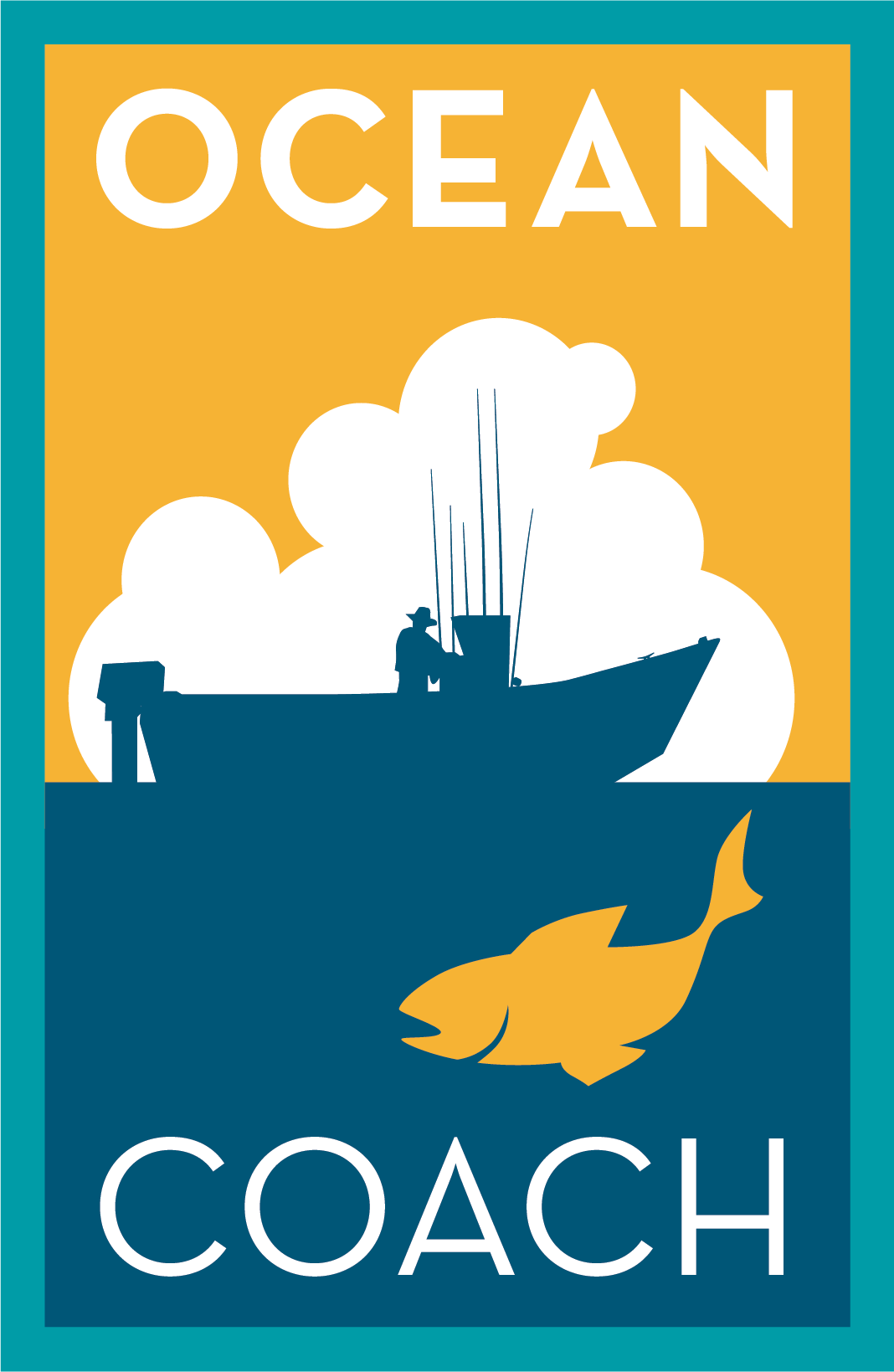What Happens to Swell When the Wind Blows?
Coaching clients often ask me what happens to underlying swell when the wind blows. The answer is basically nothing. Once swells are created by the great ocean storms, they travel the world until the break on a beach somewhere.
As they traverse the globe, swells will pass through many local patches of wind. These local winds may whip up whitecaps, but the underlying swell passes through largely unscathed. When the wind quits, or the swell exits the windy area, the swells emerge intact and continue their march toward a frothy death on a shore.
The sea surface is usually a combination of several swell trains plus local wind chop, all piled on top of each other. This is what we see most days. But the various swell trains and wind chop pile up in sloppy ways. Sometimes a wind wave gets on top of a swell, making an extra-tall wave that lasts for a few seconds. Sometimes a wind wave gets into the trough and levels out the sea for a second or two. It's all very messy.
But unless the wind blows hard for several days, over hundreds of miles, the underlying swell is unaffected by local winds.
That's what gives us our beautiful afternoons on the beach, when the wind dies down, the water becomes glassy, and the swells keep marching in.
This article orginally appeared in the Ocean Coach newsletter. Sign up for the newsletter to get great articles like this in your inbox twice a month. Become The Captain Everyone Trusts!
